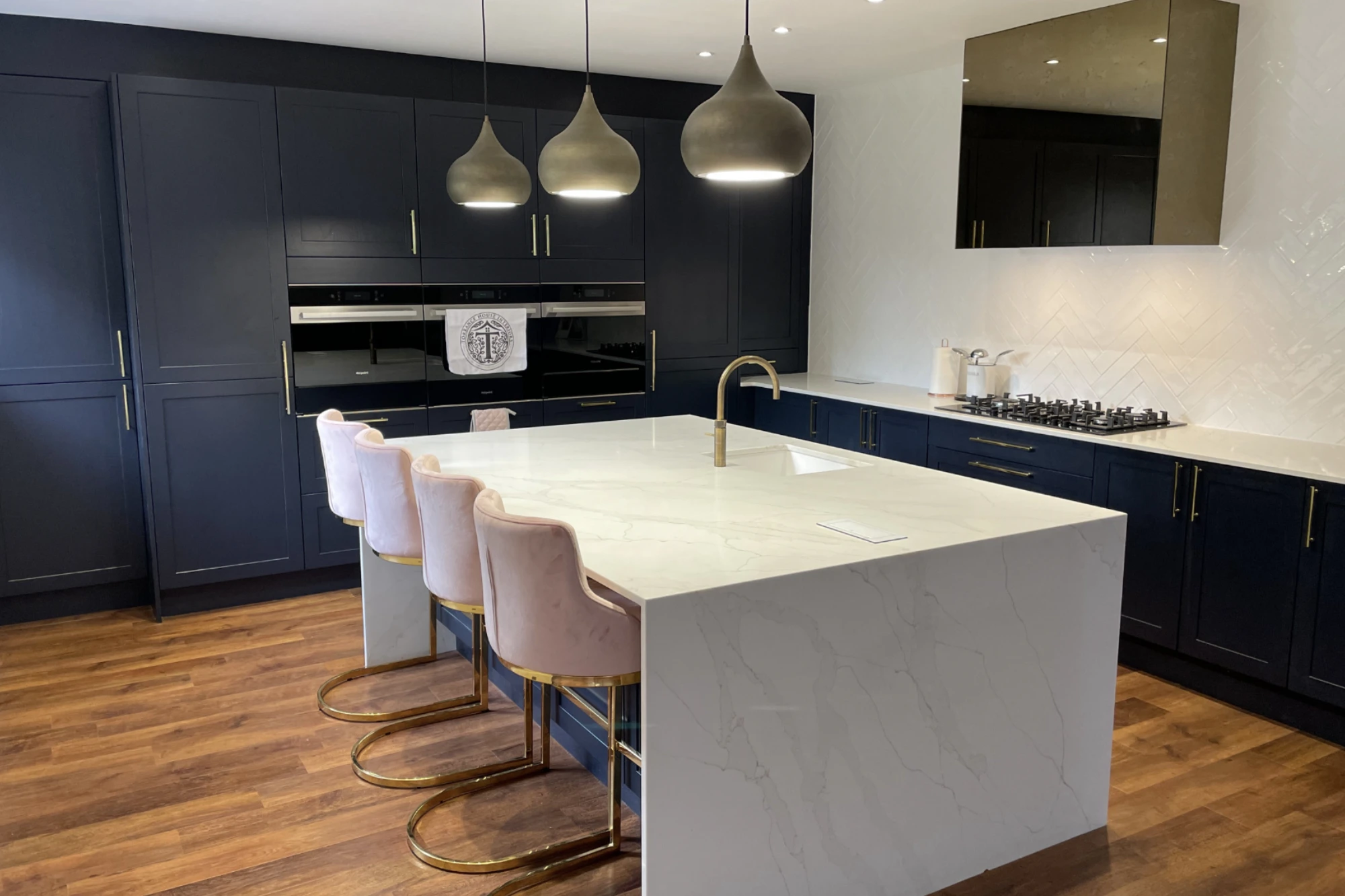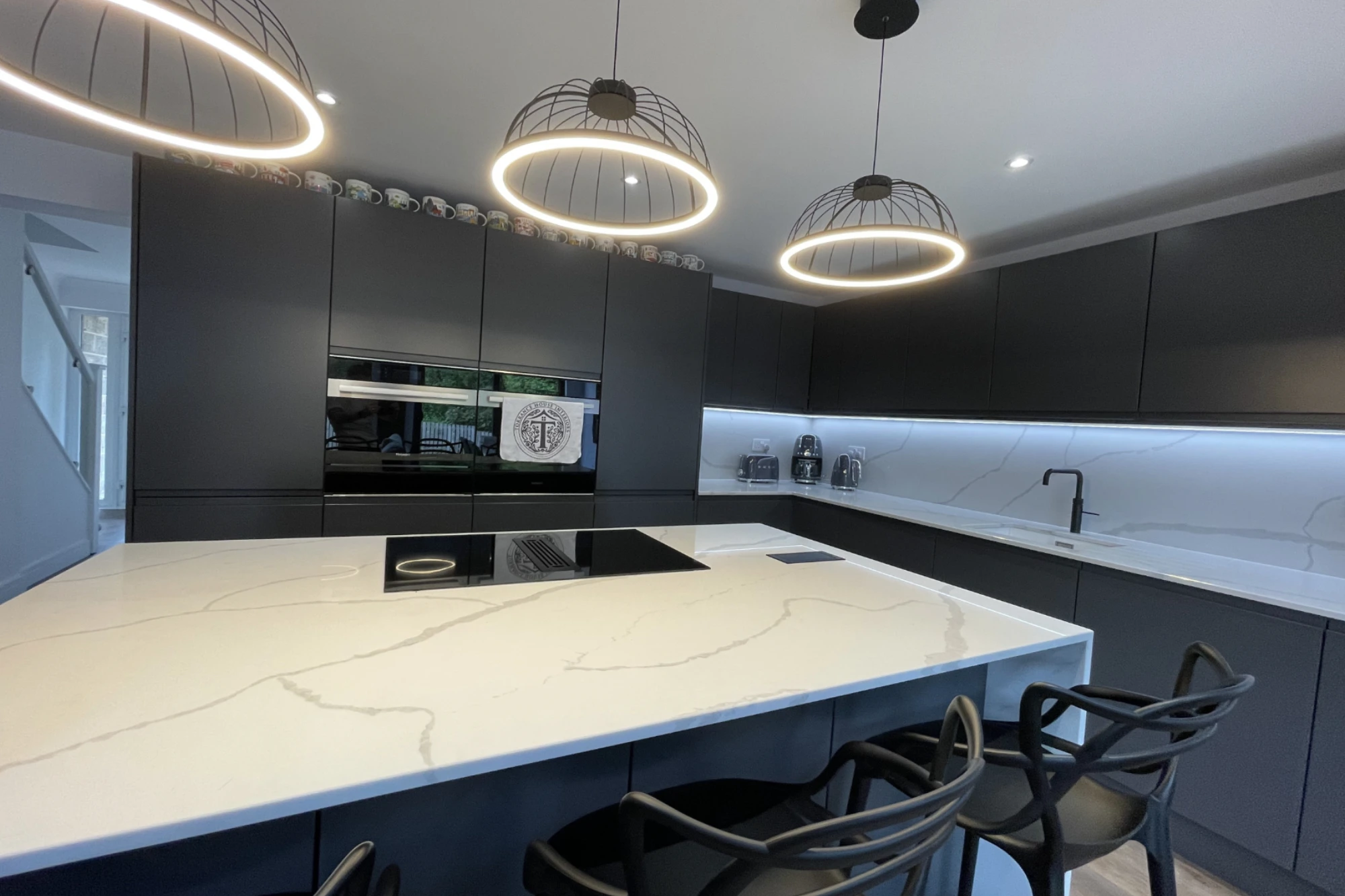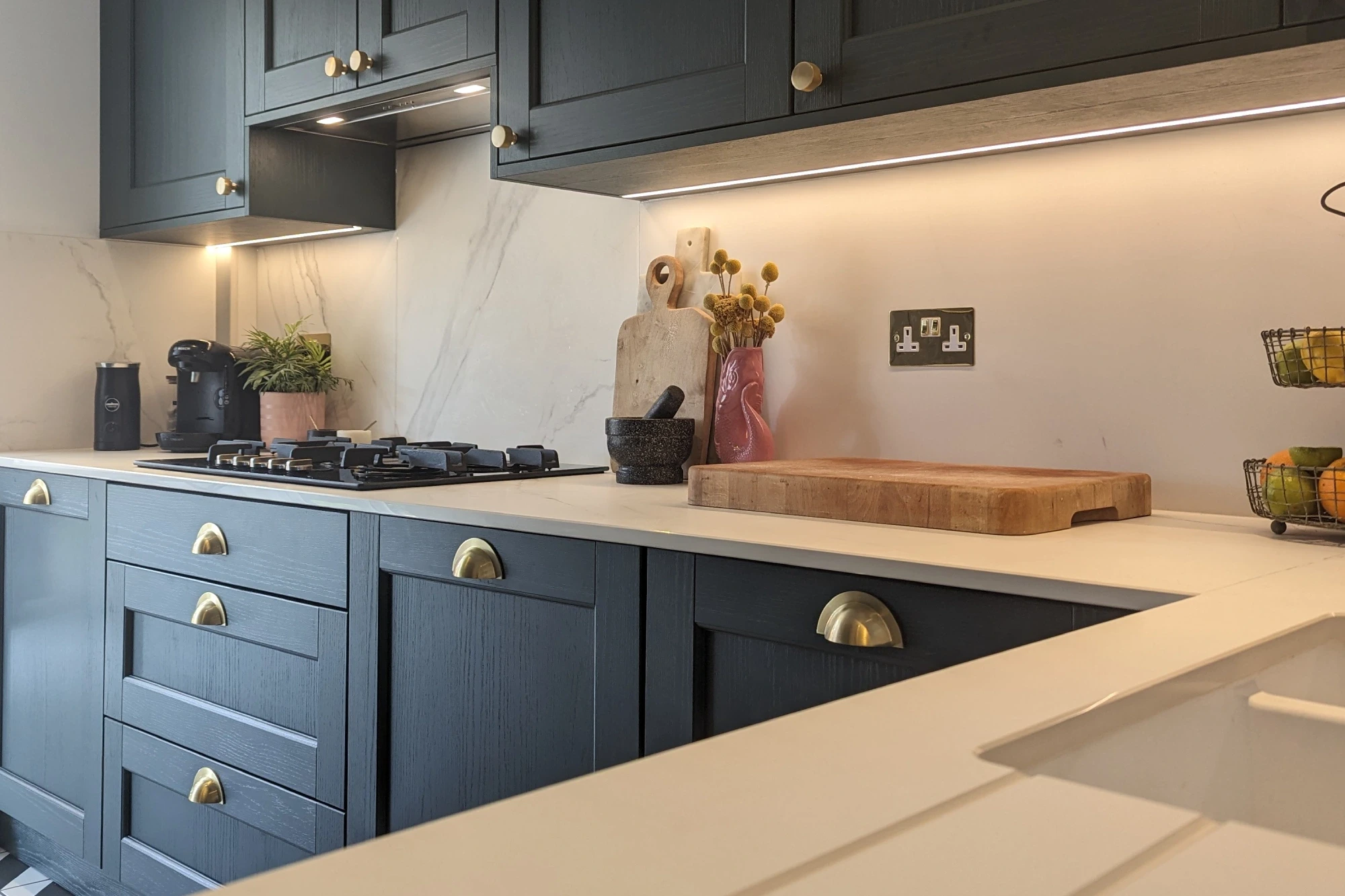
Transform your kitchen into a warm and inviting space with the perfect ambient lighting.
Ambient lighting is the foundational layer of illumination in any room, and the kitchen is no exception. It provides a comfortable level of brightness without causing glare, ensuring a welcoming environment for daily activities. Whether you’re preparing meals or entertaining guests, ambient lighting sets the tone for the space.
Beyond aesthetics, ambient lighting also plays a crucial role in safety and functionality. It helps to evenly illuminate the kitchen, reducing shadows and dark spots that can lead to accidents. By understanding its importance, you can better plan your kitchen lighting to achieve both beauty and practicality.
Selecting the appropriate lighting fixtures is essential for creating the desired ambience in your kitchen. Popular choices include recessed lighting, track lighting, and pendant lights. Each type offers different benefits and can be strategically placed to enhance the overall lighting scheme.
Recessed lighting, for example, is ideal for providing uniform illumination and can be installed in the ceiling to keep the space looking clean and uncluttered. Pendant lights, on the other hand, can serve as both task lighting and decorative elements, especially when hung over kitchen islands or dining areas. Consider the style and functionality of each fixture to ensure they complement your kitchen’s design while meeting your lighting needs.

Layered lighting involves combining different types of lighting to achieve a balanced and versatile illumination scheme. In the kitchen, this typically includes ambient, task, and accent lighting. By layering these light sources, you can create a dynamic and adaptable environment suited to various activities.
Task lighting focuses on specific areas where activities such as chopping, cooking, and reading recipes take place. Under-cabinet lights and strip lights are excellent choices for this purpose.
Accent lighting, meanwhile, is used to highlight architectural features, artwork, or decorative elements, adding depth and visual interest to the space. Integrating these layers effectively enhances both the functionality and aesthetic appeal of your kitchen.

Natural light is a valuable asset in any kitchen, bringing warmth, vitality, and an inviting atmosphere. To maximise natural light, consider the placement of windows and doors, and use reflective surfaces such as glossy tiles, glass, and stainless steel to bounce light around the room.
In addition, keep window treatments minimal to allow as much sunlight as possible to filter through. If privacy is a concern, opt for sheer curtains or blinds that can be adjusted to control the amount of light entering the space. By leveraging natural light, you can reduce the need for artificial lighting during the day and create a more energy-efficient kitchen.
Smart lighting technology offers a convenient and flexible way to control your kitchen lighting. With smart bulbs and lighting systems, you can adjust brightness, colour temperature, and even set schedules or scenes through your smartphone or voice commands. This allows you to create the perfect ambience with minimal effort.
For instance, you can set a bright, cool light for meal preparation and cooking, then switch to a warmer, dimmer setting for dining or entertaining. Smart lighting also integrates seamlessly with other smart home devices, providing enhanced functionality and convenience. Embracing these modern solutions can transform your kitchen into a highly functional and stylish space.
| Cookie | Duration | Description |
|---|---|---|
| cookielawinfo-checkbox-analytics | 11 months | This cookie is set by GDPR Cookie Consent plugin. The cookie is used to store the user consent for the cookies in the category "Analytics". |
| cookielawinfo-checkbox-functional | 11 months | The cookie is set by GDPR cookie consent to record the user consent for the cookies in the category "Functional". |
| cookielawinfo-checkbox-necessary | 11 months | This cookie is set by GDPR Cookie Consent plugin. The cookies is used to store the user consent for the cookies in the category "Necessary". |
| cookielawinfo-checkbox-others | 11 months | This cookie is set by GDPR Cookie Consent plugin. The cookie is used to store the user consent for the cookies in the category "Other. |
| cookielawinfo-checkbox-performance | 11 months | This cookie is set by GDPR Cookie Consent plugin. The cookie is used to store the user consent for the cookies in the category "Performance". |
| viewed_cookie_policy | 11 months | The cookie is set by the GDPR Cookie Consent plugin and is used to store whether or not user has consented to the use of cookies. It does not store any personal data. |
